What's the Difference Between a Tuxedo vs. Suit?
When it comes to formal wear, two pieces of clothing often stand out: the tuxedo and the suit. While they both offer a sharp, tailored look, they have distinct differences that are important to understand, especially when shopping for an event. Whether you're preparing for a wedding, attending a black tie event, or just upgrading your wardrobe, knowing when and why to wear a tuxedo vs. suit can elevate your style and ensure you're dressed appropriately for the occasion.
In this article, we'll break down the differences between a tuxedo and a suit, explore the occasions that call for each, and highlight key features that make them unique. Let's dive into the world of formal wear and help you decide which one is best for your next big event.
What Is a Tuxedo?
A tuxedo is typically a formal suit worn for evening events that require a higher level of sophistication. It is the go-to choice for black tie events, weddings, galas, and other occasions where a polished, elegant appearance is essential. Tuxedos are distinguished by a few signature features that set them apart from regular suits:
Key Features of a Tuxedo:
- Satin Lapels: Tuxedos often feature satin or silk lapels, which provide a shiny, luxurious look. This contrast of textures gives the tuxedo a more formal feel compared to the matte fabric of a standard suit.
- No Pleats or Cuffs: Unlike a traditional suit, tuxedo trousers generally don’t have pleats or cuffs. They have a cleaner, more streamlined look.
- Tuxedo Shirt: Typically, tuxedos are worn with a special formal tuxedo shirt that has a pleated front, often made from a more luxurious fabric than a regular dress shirt.
- Bow Tie or Formal Tie: Tuxedos are traditionally paired with a bow tie, often black, which further separates them from regular suits that may be worn with a necktie.
- Formal Accessories: A tuxedo calls for accessories like cufflinks, a formal pocket square, and sometimes a vest or cummerbund to add extra flair and sophistication.
The classic tuxedo is designed specifically for events that happen in the evening, hence its association with formal or black-tie events. You can find styles ranging from a black tuxedo with satin lapels to more modern takes, including the sleek white-black tuxedo combination, or even a men's double-breasted tuxedo for a more contemporary touch.
What Is a Suit?
A suit is a versatile piece of clothing that is suitable for a wide range of formal, semi-formal, and even business casual occasions. Unlike the tuxedo, a suit is typically worn during the daytime or for events that don’t require the strict formality of a black tie suit.
Key Features of a Suit:
- Single or Double-Breasted Jacket: Suits come in both single-breasted and double-breasted styles, which offer a variety of options for different body types and preferences.
- Plain or Textured Lapels: Suits typically feature plain lapels, but can sometimes have a subtle texture like wool or linen. The lapels are usually matte, unlike the shiny satin lapels found on tuxedos.
- No Satin or Silk Details: While tuxedos are known for their shiny satin details, suits typically lack this shine. This gives the suit a more businesslike or semi-formal feel.
- Shirts and Ties: While tuxedos are paired with tuxedo shirts and bow ties, suits are worn with regular dress shirts and ties. The ties can vary in material, color, and pattern depending on the occasion.
Suits are a staple in many wardrobes and can be worn to a business meeting, a semi-formal wedding, or a cocktail party. Whether you're looking for a tailored suit for work or a luxury suit for a special event, the suit is a versatile, essential piece of men's formal wear.
When to Wear a Tuxedo vs. a Suit
Understanding the difference between a tuxedo vs. suit goes beyond just the style and features—it’s important to know when each one is appropriate to wear. Here's a quick guide to help you navigate the formal wear world:
When to Wear a Tuxedo:
- Black Tie Events: If the invitation calls for black tie attire, a tuxedo is the clear choice. This includes high-profile events like gala dinners, award ceremonies, and charity events.
- Weddings: For weddings, especially those held in the evening, a tuxedo for men is a stylish and elegant option. Groomsmen can also wear tuxedos to complement the bride's formal gown.
- Evening Events: Whether it's a formal dinner, a ball, or a night at the opera, the evening suit or black tie tuxedo is the perfect choice for a refined, formal look.
When to Wear a Suit:
- Business and Work Settings: A men’s suit is ideal for job interviews, client meetings, and day-to-day office wear. Opt for a classic business suit in shades like charcoal, navy, or black for professional settings.
- Semi-Formal Events: A suit with a tie is appropriate for semi-formal events like a wedding reception or cocktail party. A luxury suit in a dark color or men’s formal wear with a modern twist is perfect for events that don’t require a tuxedo.
- Casual Get-Togethers: You can also wear a semi-formal suit or business casual suit for casual dinner parties or informal social events.

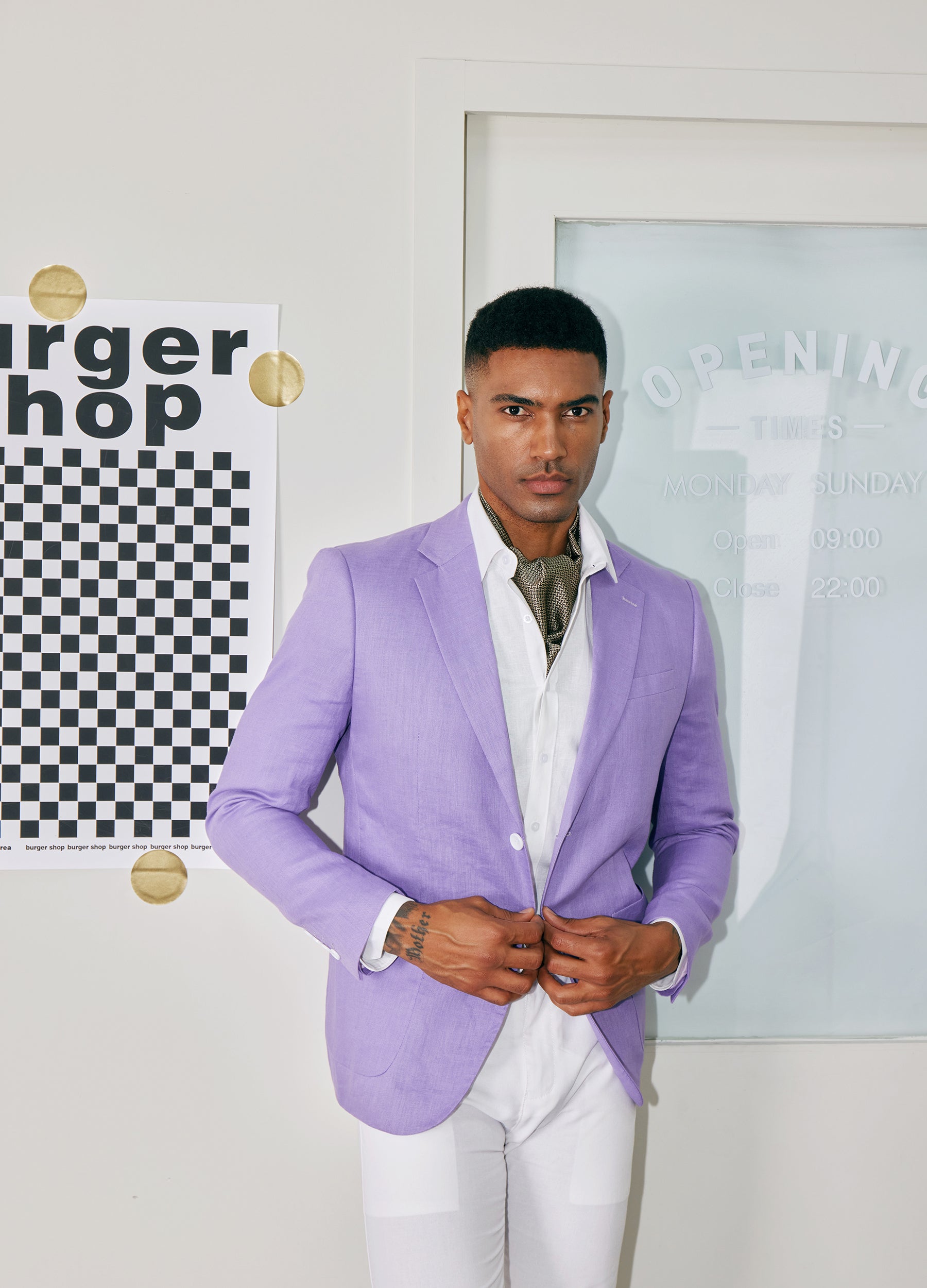
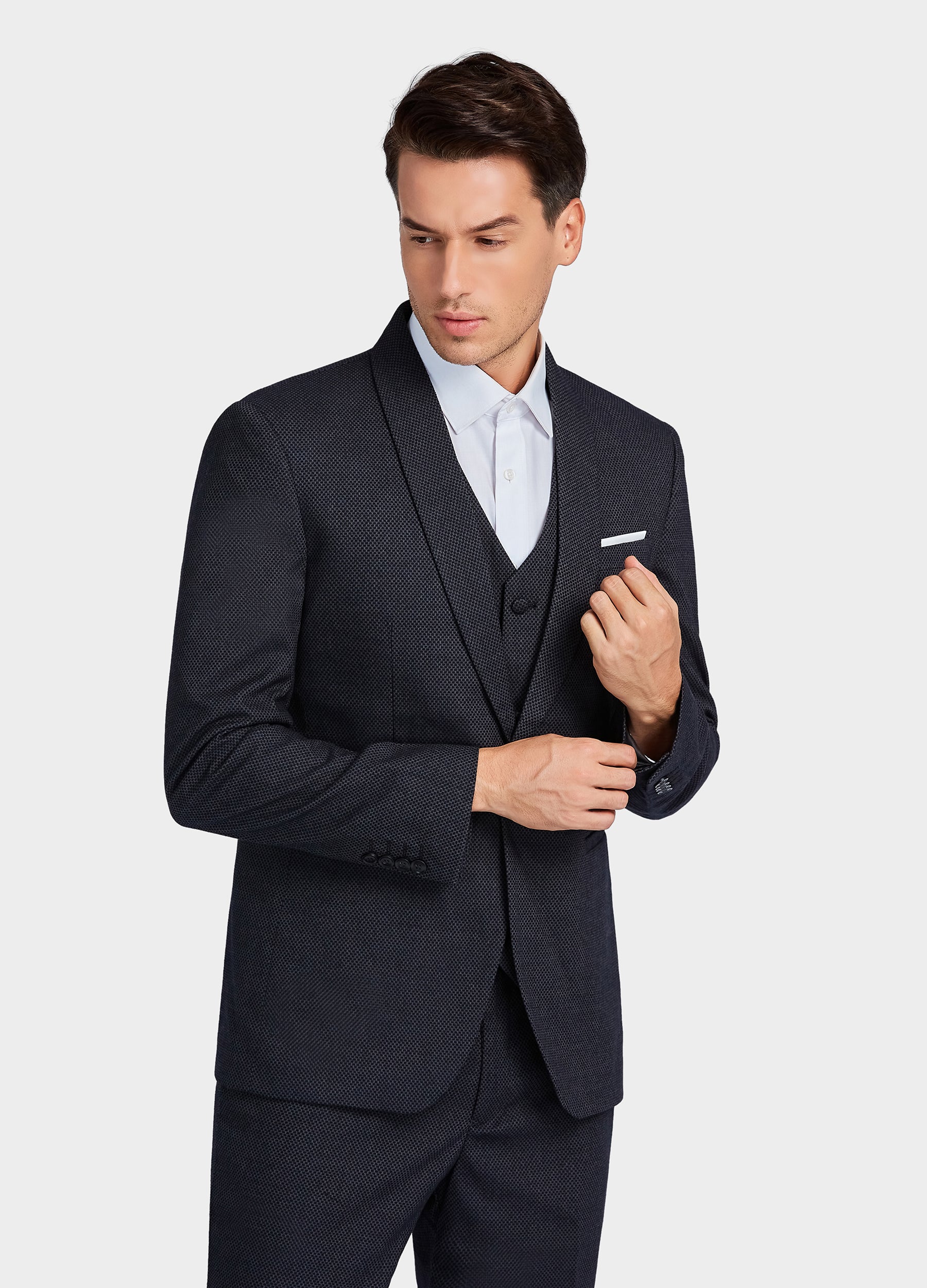
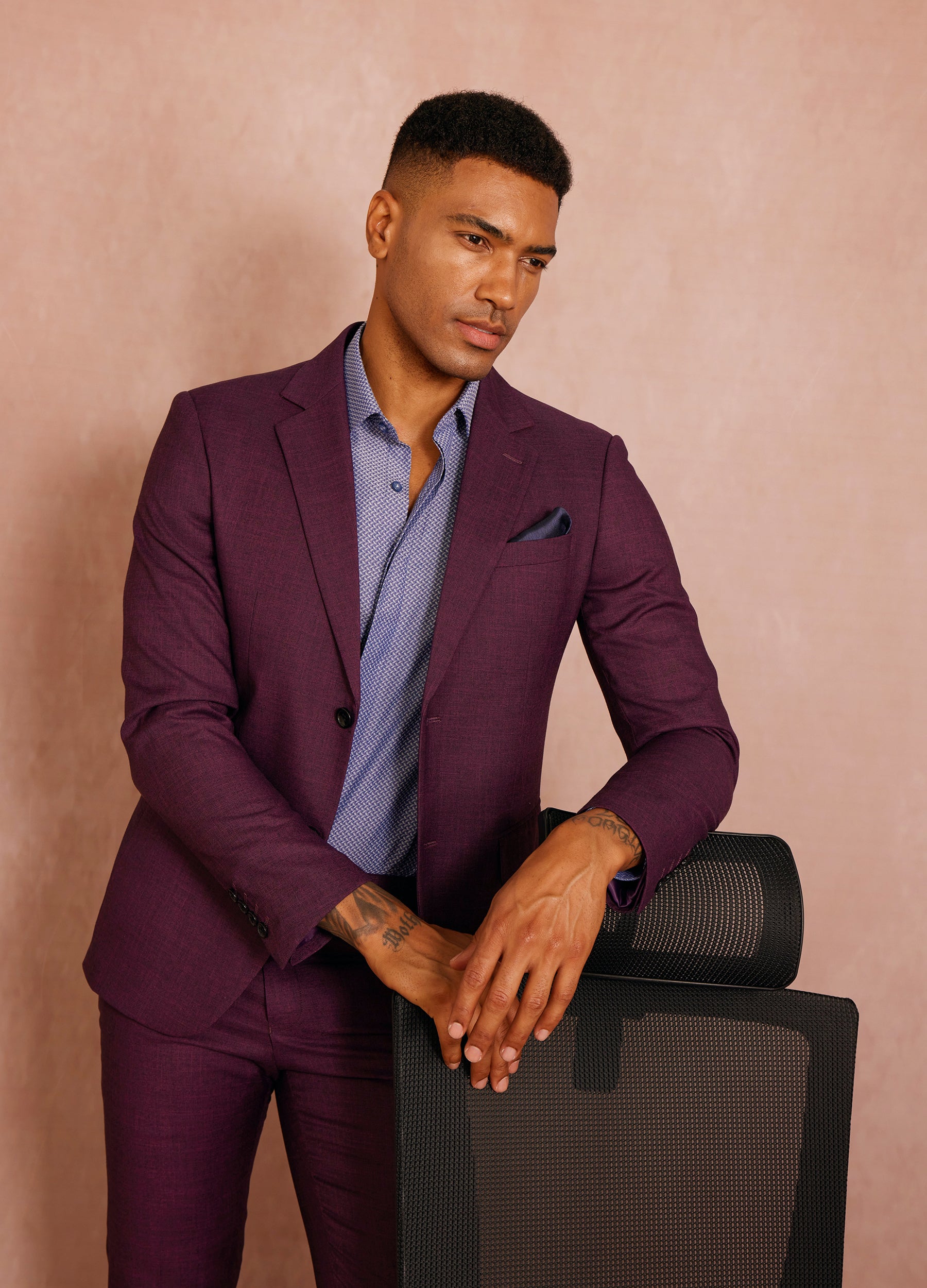
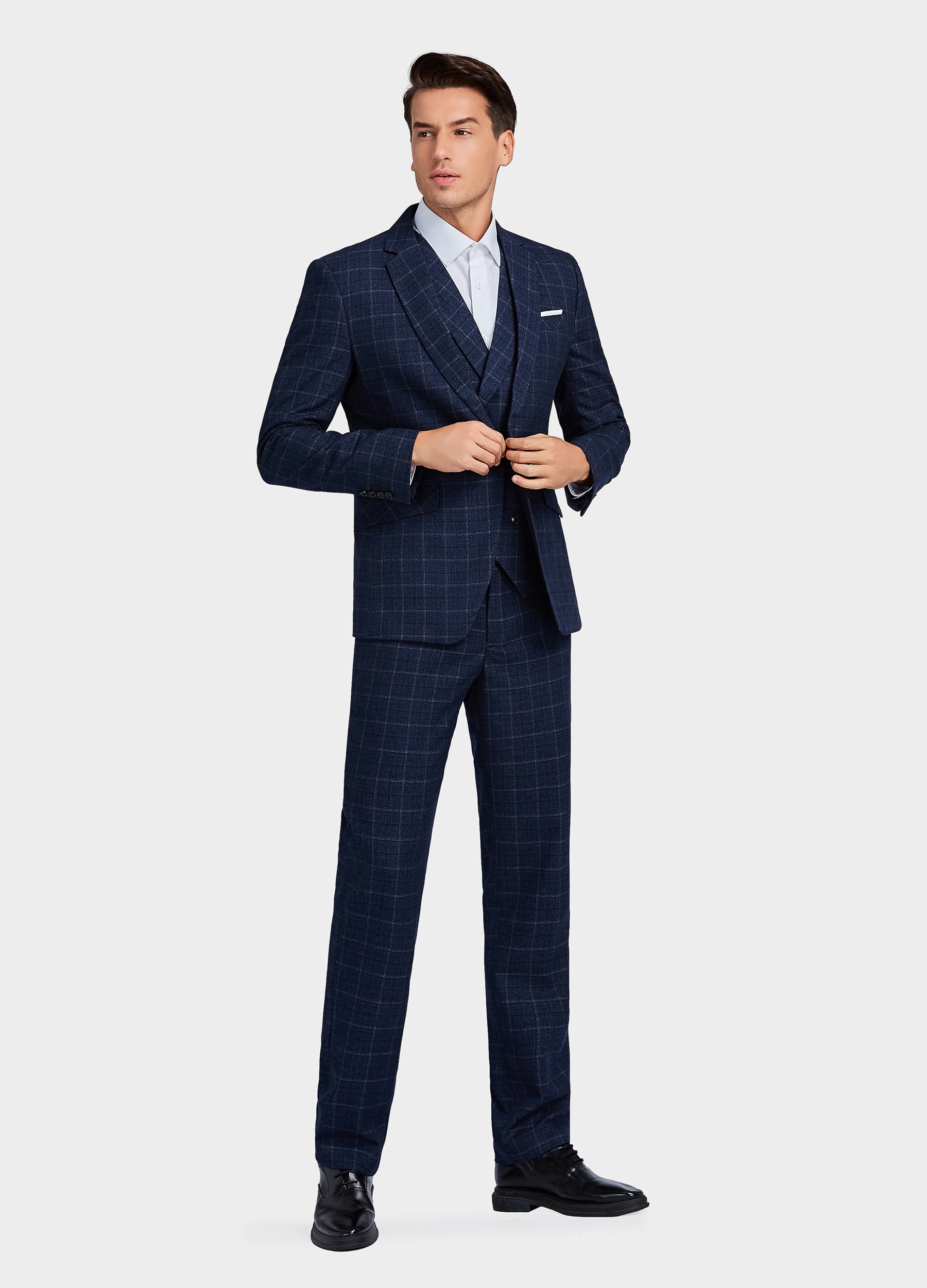
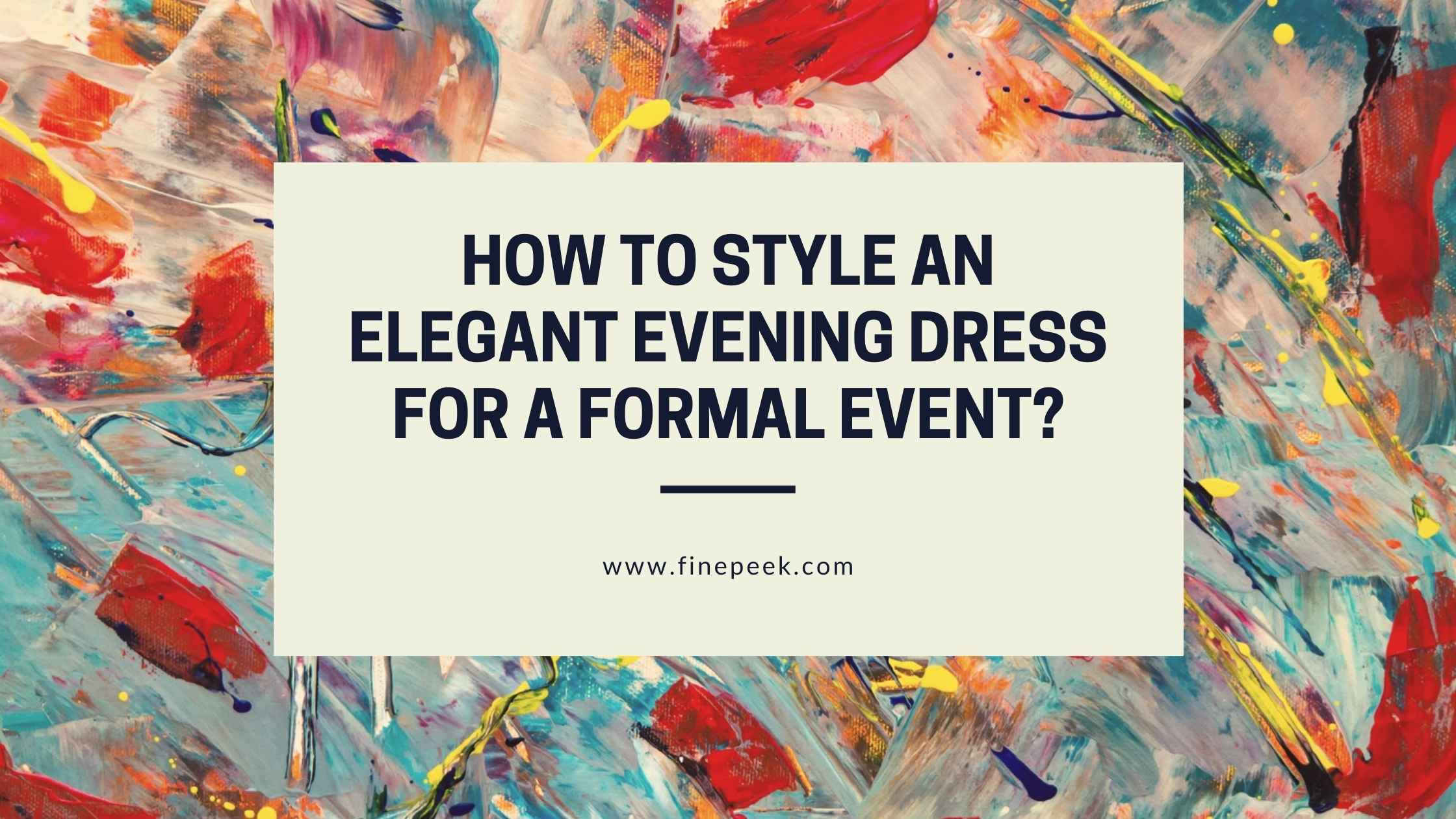
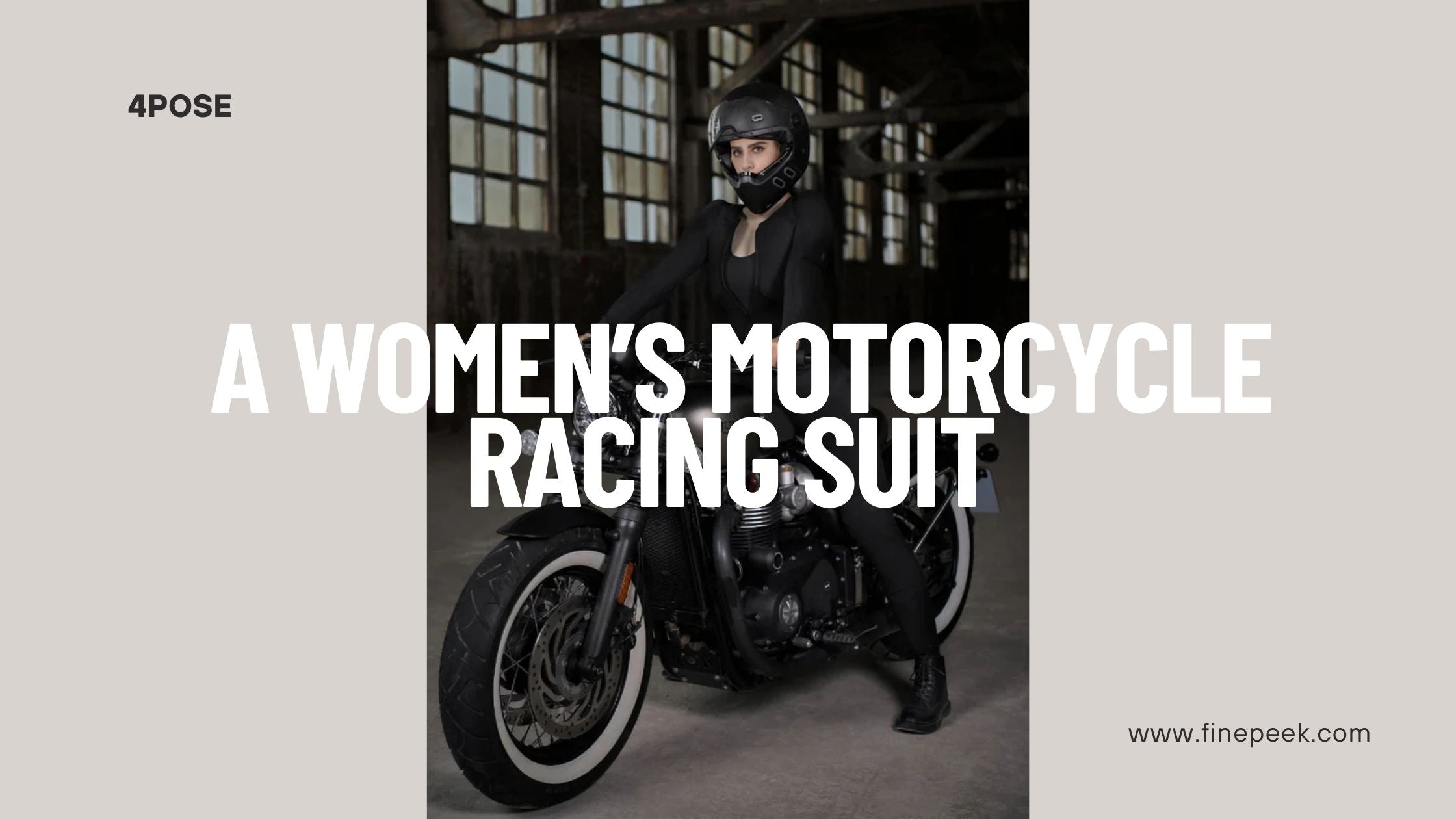
Leave a comment
This site is protected by hCaptcha and the hCaptcha Privacy Policy and Terms of Service apply.